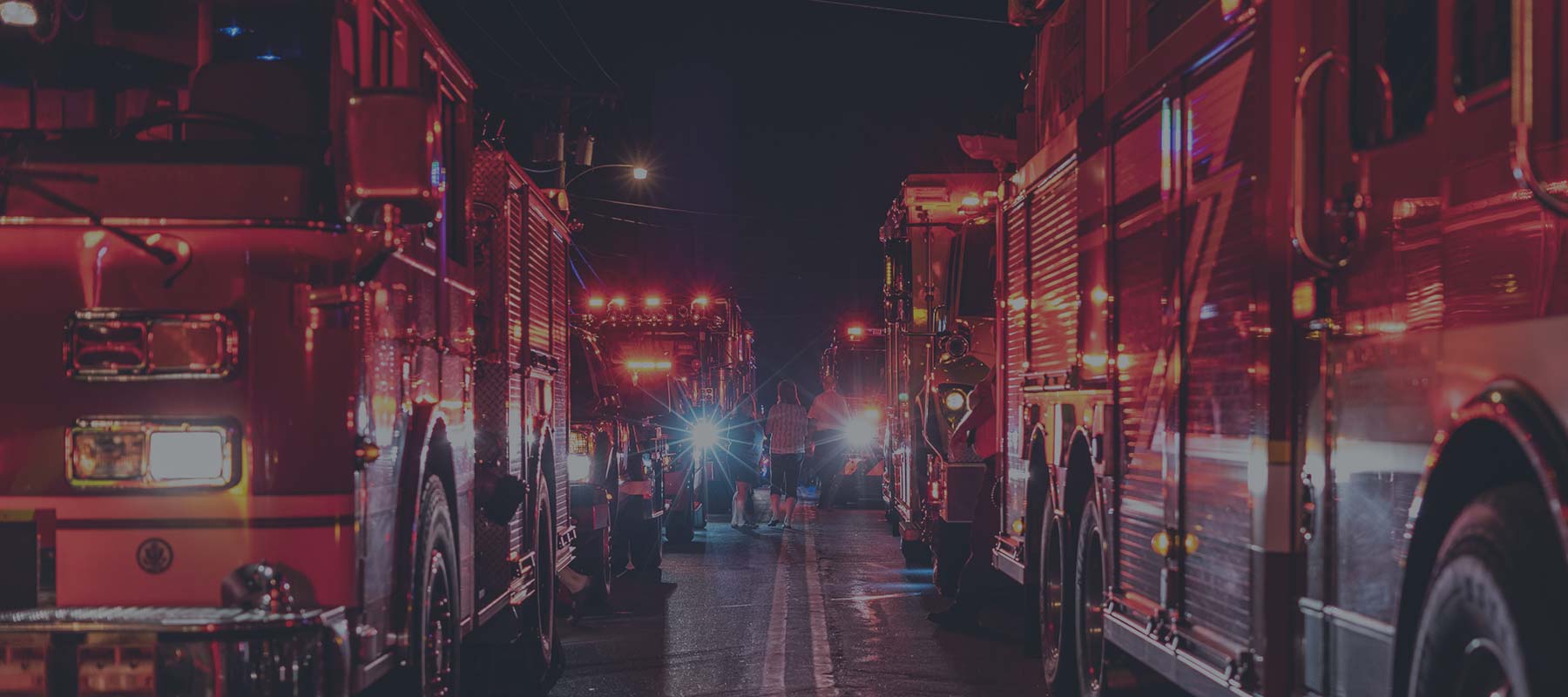Call demand, road congestion, and urban sprawl are ever-growing features of the modern emergency service system. They put pressure on your response performance and drive demand for capital and operating budgets.
Although there are many ways to address the supply and demand side, we will focus on station locations in this article. What causes station schemes to become sub-optimal?
Neighbourhood life cycle
Neighbourhood life cycle theory describes how a typical neighbourhood progresses through development, maturity, decline, and renewal. The profile of the residents in a neighbourhood can change substantially—especially in those areas that are entering renewal.
If the resident profile changes, then call volumes will change with it. Over a period of years or decades, a single neighbourhood can see call volumes change by a factor of 10. Added up over a city or municipality, these changes can have a profound impact on call demand (demography has a strong effect on both fire and EMS calls).
Most importantly, the changes in demand are not uniform. In some areas, calls are increasing, while in others, they are declining. These “lumpy” changes can influence the performance (and viability) of station locations.
Road congestion
Cities rarely grow as planned. Sometimes, economic downturns delay developments, while changes in public transit completely transform an area. Transportation planners are tasked with building roads and interchanges that will remain useful in the long-term. Sometimes, they fail. Traffic volumes grow more quickly than anticipated, or traffic patterns are different than expected.
The impact is felt on your response times, and the decisions can render your station locations almost useless. In communities with a number of bottlenecks (such as bridges or tunnels), this can be particularly problematic. Station plans may need to be revamped to adapt to the transportation reality.
Legacy station issues
Sometimes, stations are poorly located irrespective of demography or road networks. Some were built for political reasons. Others were added to spend excess budgets. Still others were chosen because an inexpensive location became available and a planner didn’t want to lose out. As cities grow, these poor locations compound to the point where the entire system is inefficient and a hindrance to response performance.
In one jurisdiction, we found that three stations (one-fifth of the total) could be closed with virtually no performance impact. In fact, in a few cases, closing a station would actually increase response performance by ensuring crews were located closer to call hotspots.
The cost of poor locations
There is an obvious performance cost to having poor station configuration. You’re often too far away to respond in a timely manner and your response performance suffers. But there are other costs as well.
First, the workload between your stations will vary widely. Some crews will be busy their entire shift, while others won’t respond to a single incident. This will lead to conflict and gaming as staff try to get the “plum assignment”. Secondly, the crews at your less-busy station may not be busy enough to satisfy their training requirements. Finally, there is the opportunity cost of all the capital (and maintenance costs) tied up in underperforming stations.
How long does a good configuration last?
If your service has located stations in a well-planned manner, then chances are, even your oldest stations are reasonably located. We studied a quick-growing community of around one million people. Using a 10-year call data set, we analyzed how optimal station configuration changed over time.
What we found was surprising: the difference from the optimal plan 10 years ago to the optimal plan today was insignificant. This happened in spite of a heavily densifying core and rapid expansion of city suburbs. The new communities would need to add stations, but legacy stations were all still well-located even after a decade.
The bottom line
If you have stations that were located without any thought about response performance (whether for politics, economics, or some other reason), then your station configuration is probably dragging down your response performance. Have your data analyst pull the total unit responses from each station over the last six months. If your least busy station is not pulling its weight, then your station configuration may be the culprit (particularly if the quiet station is not in a new suburb).
This, however, presents an intriguing proposition. You can perhaps close an underperforming station and free up the capital for a better location. This is even more compelling in cases where your deferred maintenance costs are substantial.


